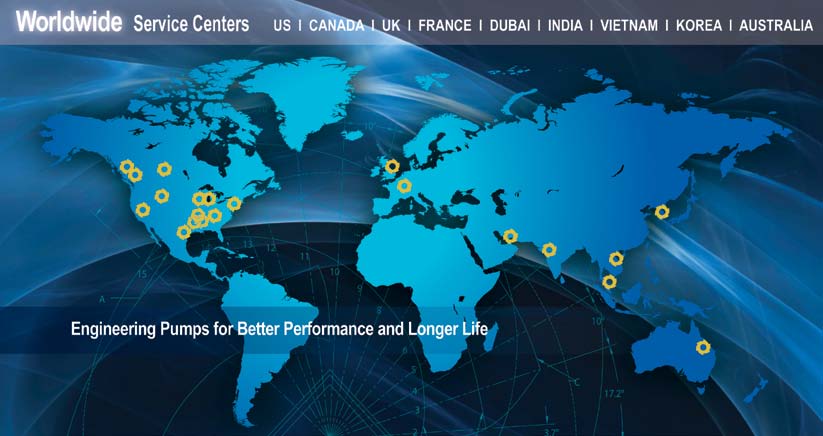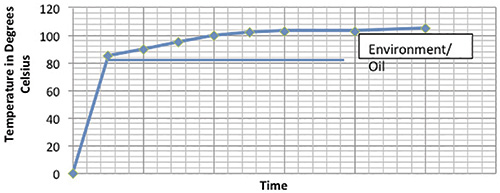Hydro Inc. has a strong engineering capability and an expansive global reach in the pump industry, especially in aftermarket services. Pump Engineer had the pleasure of speaking with George Harris, Chief Executive Officer and Founder of Hydro Inc., where he discussed the company’s recent research initiatives, reliability support for customers, customized designs and the significance of upgrades and health audits.
Written by: Deirdre Morgan
Publisher: Pump Engineer / December 2016
“We were very fortunate that early in the company’s development we had the good fortune to work closely with Dr. Elemer Makay, a foremost consultant to the power generation industry and a specialist in troubleshooting multi-stage, high energy pumps”, states Harris. “Engineering combined with meticulous observation and analysis in the field were key to his troubleshooting process. As a result of his training over a twenty year period, engineering became the focus and strength of Hydro Inc.’s aftermarket services”.
According to Hydraulic Institute statistics, 85% of the critical pumps in industries, such as power, refineries and pipelines, are custom designed for the specific application intended. In order to properly rebuild, upgrade or troubleshoot these installations requires a solid aftermarket engineering capability and experience. Not only must the engineer understand pump fundamentals, but also the application and system in which the pump is being used, as well as the changes that may have occurred in plant operating conditions since the pump was originally installed.



